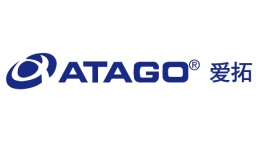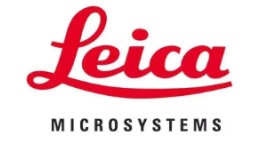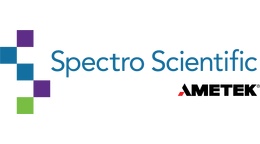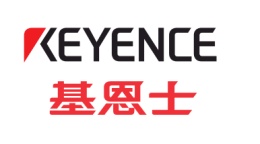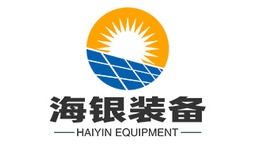方案详情文
智能文字提取功能测试中
KRUSS Application Report Optimizing Automotive Coatings Application report: AR260e Industry section: Automotive, Coatings Author: Dr. Christopher Rulison Augustine Scientific Date: July 2007 Method: Drop Shape Analyzer- Force Tensiometer- K100 DSA100 Keywords: contact angle, adhesion energy, automotive, interfacial tension, surface free energy,wettability, spreading coefficient, dyne pen Optimizing Automotive Coatings-the Balancing Act between AdhesionEnergies, Interfacial Tensions, and Spreading Coefficients Abstract The optimization of any coating process involves controlling the bulk rheology of the coating, the surface chemistryaspects of the coating, and the surface energetics of the solid. Here we share some recent work on the surface chemistryaspects of solvent based coatings used to color the plastisol materials which make up much of the interior of mostautomobiles - dashboards, door interiors, arm rests, and the like. Without surface treatment (corona, flame, plasma,orother) plastisol is a fairly hydrophobic (low surface polarity) and moderately low overall surface energy material, ontowhich the coating needs to properly spread (wet) and then adhere. The goodness of adhesion needs to be considered inthe both the short and long term. The spreading coefficient of the coating on the substrate determines the uniformity ofinitial wetting. Coating/substrate adhesion energy (also known as work of adhesion) characterizes the short term bonding.And, coating/substrate interfacial tension - being that it represents the tension left in the formed bond (i.e. the bond’spotential to break) - characterizes long term adhesion. Any alteration of either the substrate surface or the coatingchanges all three of these important parameters. The trick is to optimize all three properties at once. This note is anexample case wherein we helped a customer improve one particular color coating, based on studying these parametersrelative to those of another coating which was known to have many less adhesion issues. Methods The plastisol surfaces were characterized for surfaceenergy with polar and dispersive components by theFowkesSImethod using diiodomethane and water ascontact angle probe liquids. Contact anglesWereobtained using a KRUSS Drop Shape Analyzer- DSA100.Coatings were measured for overall surface tension usingthe Wilhelmy plate method)on a KRUSSS ForceTensiometer-K100. Their overall surface tensions werethen partitioned into polar and dispersive componentsby testing the coatings for contact angle againstpolytetrafluoroethylene((PTFE)andagain applyingFowkes’ theory to solve for the dispersive component ofthe coating’s surface tension. The Fowkes theory isdescribed in mathematical detail elsewhere. Spreading coefficients for the coatings on the plastisolsubstrates are calculated as: Adhesion energy is calculated as: Interfacial tension between the coating and the plastisolis calculated as: wherein as as, and as is the overall, dispersive, andpolar parts of the plastisol surface energy and o a, ando is the overall, dispersive, and polar parts of thecoating surface tension respectively. Experimental Our customer initially had two types of color coatings forplastisol parts of car interiors to consider (pewter andtaupe).The coatingshadsignificanttformulationdifferences beyond the pigments, mainly in terms ofstabilization packages for the pigment, with some solventsystem modifications as well. The primary solvent in eachcasewas.s,hhowever,Butanone(MEK,methyl-ethyl-ketone). Fig. 1: Detail of a car interior (Picture: Peter Wan) The pewter coating worked very well, in terms of initialspreading as well as short and long term adhesion. Thetaupe coating, however, had significant issues in terms oflong term adhesion in particular. It tended to start flakingcoming off the plastisol within 1 week of application. The customer reported that they had been using aspreading coefficient based rule (which is commonlystated by coatings suppliers) of keeping the surfacetension of the coating 10 mN/m below surface energy ofthe solid, and that they had measured the plastisol tohave a surface energy (using dyne-pen approach) ofabout 36 mJ/m² and that both coatings had surfacetensions is the range of 26 mN/m. Ignoring the interfacialtension between the coating and the substrate, thiswould give them about a 10 mN/m spreading coefficientfor both coatings, which their coating supplier told themwas adequate. However, they were obviously missingsomething, because the two coatings were behavingquite differently. Using the methods described above we studied bothcoatings and the plastisol and determined the followingproperties to be characteristic of the systems. Results You will immediately note that we found nothing wrongwith the customer's measurements, and concurred thatthe plastisol had a surface energy of 36 mJ/m and thatthe coatings were similar in overall surface tension, withsurface tensions in the 26 mN/m range. Substrate Coatings Plastisol Pewter Taupe Overall Surface Energy (mJ/m‘) 36.04 26.74 26.53 Polar Component (mJ/m) 4.49 2.81 9.17 Dispersive Component (mJ/m) 31.55 23.93 17.36 Surface Polarity (%) 12.45 10.52 34.57 Adhesion Energy to Plastisol(mN/m) 62.06 59.64 Interfacial Tension (mN/m) 0.72 2.93 Spreading Coefficient (mN/m) 8.58 6.58 Table 1:Original Coating and Plastisol Properties However, our more detailed analysis also revealed largedifferences in surface polarity between the two coatings(pewter = 10.52 %, taupe = 34.57 %) with the pewtercoating obviously matching the surface polarity of theplastisol (12.45 %) much more closely. This leads to loweradhesion energy and spreading coefficient, and higherinterfacial tension, for the taupe coating on the plastisol.The customer was fairly sure that the initial spreadingand adhesion of the taupe coating during processing wastolerable. However, the long term adhesion was not -thus indicating that the higher interfacial tension versusthe pewter coating was the least tolerable differencebetween the coatings. Most typically for coatings customers report adhesionenergies above 65 mN/m, spreading coefficients aboveabout 8 mN/m, and interfacial tensions below 1 mN/m to2 mN/m (depending on specific application) to meettheir wet-out, short, and long term adhesion specs. So,you can see that we would, in theory, have concerns in allareas for the taupe coating. But, these are also generalguidelines, and obviously the interfacial tension asrelated to the long term adhesion was of greatestconcern. Our initial approach was to add corona treatment to theplastisol line which runs with the taupe coating. Corona isionized air created by discharging high frequency, highvoltage, energy across an electrode. Corona treatmentdone in air oxidizes the surface of the film by dislodgingelectrons from the surface, thus causing it to bondchemically to available oxygen and ambient moisture inthe air. This raises its surface energy and surfacepolarity“. Based on the voltages used one can, by trialand error, dial-in a level of treatment. The best weachieved, focusing on matching the surface polarity ofthe plastisol to that of the taupe coating was to get theplastisol surface polarity up to 31.25 %, which wasaccompanied by an increase in the overall surface energyof the plastisol to 41.05 mJ/m. Using these values to calculate the adhesion energy,interfacial tension, and spreading coefficients for thetaupe coating yielded the following values: Corona TreatedPlastisol Taupe Coatings Overall Surface Energy (mJ/m) 41.05 26.53 Polar Component (mJ/m) 12.83 9.17 Dispersive Component (mJ/m) 28.22 17.36 Surface Polarity (%) 31.25 34.57 Adhesion Energy to Corona TreatedPlastisol (mN/m) 65.97 Interfacial Tension (mN/m) 1.61 Spreading Coefficient (mN/m) 12.91 Table 2: Corona Treatment with Original Taupe Coating The decrease in interfacial tension achieved by coronatreating the plastisol did go a long way toward improvingthe long term adhesion of the taupe coating, and theadhesion energy improvement, while apparently notnecessary, did not harm the process. However, the customer experienced wet-out issues,wherein the coating was actually wetting out too well fortheir process - too much spreading from initial coatingplacement. This means the rise in spreading coefficient,which is mainly due to the corona treatment raising theoverall surface energy of the plastisol too much (so thatthe gap in overall surface energy between the coatingand substrate is too high) was not acceptable. Eventually, by working with the coating manufacturer toalter the solvent composition in the coating, we wereable to change to a reformulated taupe coating havingthe specifications shown below - most notably 20.06 %surface polarity, which is much closer to the 12.45 % ofthe original untreated plastisol. The corona treatment on the plastisol could thereby beeliminated,which keptttheeplastisolpre-treatmentconsistent for both types of coatings (which was easierfor the customer). Plastisol ReformulatedTaupe Overall Surface Energy (mJ/m) 36.04 26.12 Polar Component (mJ/m) 4.49 5.24 Dispersive Component (mJ/m) 31.55 20.88 Surface Polarity (%) 12.45 20.06 Adhesion Energy to Plastisol(mN/m) 61.03 Interfacial Tension (mN/m) 1.13 Spreading Coefficient (mN/m) 8.79 Table 3: Taupe Coating Reformulation Solution And, the new taupe coating turned out to be even betterin terms of long term adhesion (as the interfacial tensiondata above also indicate), fine in terms of initial adhesion(which was never really a problem through the process),and to spread in a similar manner as the good pewtercoating (as a spreading coefficient comparison wouldsuggest). Summary This study was structured in a chronological way, tohighlight the processes of considering spreading wetting,adhesion energy, and interfacial tension and the interplaybetween them. It is also a good example of a system forwhich overall surface tensions and overallsurfaceenergies (such as are measurable with a "dyne-pen" typeapproach) offer absolutely no guidance toward solvingthe problem. Without more sophisticated studies of polarand non-polar parts of the surface tensions and energiesinthis system, such asare possible withKRUSSinstruments, it would have been difficult to tune thecorona treater, which was the intermediate solution inthis work, and there would have been no foreshadowingof the improvement in the reformulated taupe coating -since the new formulation does not change in overallsurface tension significantly from the original coating. Additionally, this was a largely solvent based coatingsystem, containing about 45 % MEK, for which it is oftensuggested that surface tension measurements and thelike are of no use in solving problems. However, as in thiscase, we have found in several other coating systems thatpigment, pigment stabilizers, and other additives canhave a profound effect on the surface polarity of thecoating despite minor changes in overall surface tension.Therefore, a more complete approach and considering allfactors may not always, but often times can, lead to goodunderstanding even in solvent based systems. Literature ( 1. KRUSS Technical Note TN306e (or Augustine : S cientific.Technical Note e #401, www.augustinelab.com) ) 2. Briggs, D.; Kendall, C.R.; Blythe, A.R.; Wootton, A.B.Polymer, v. 24, p. 47,1983. 3. Briggs, D.; Kendall, C.R. Polymer, v. 20, p. 1053,1979. 4. Xiao, G.Z. Journal of Materials Science Letters, v. 14, p.761-762,1995. KRUSS GmbH|Borsteler Chaussee Hamburg|Germany |www.kruss.de|
关闭-
1/4
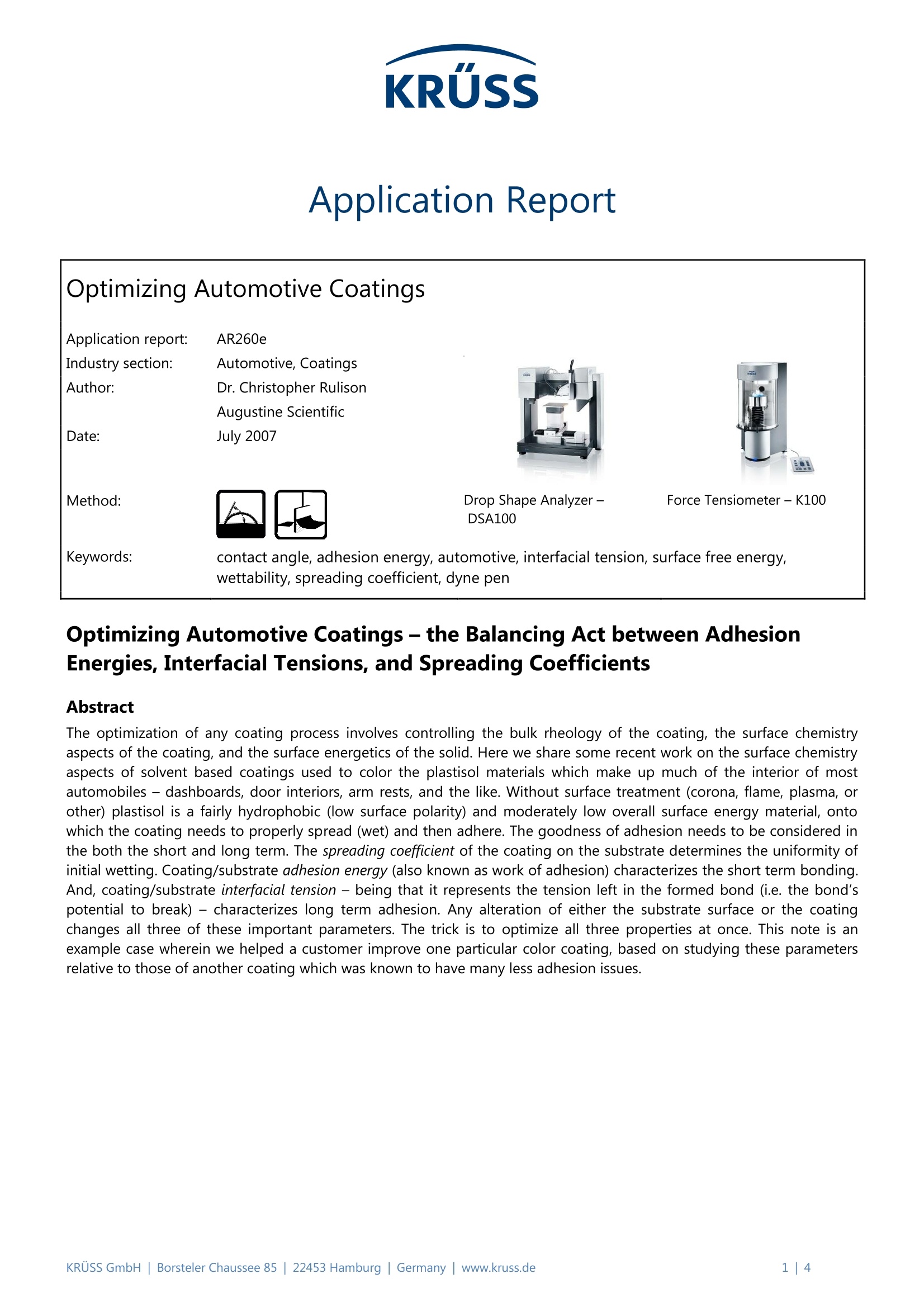
-
2/4
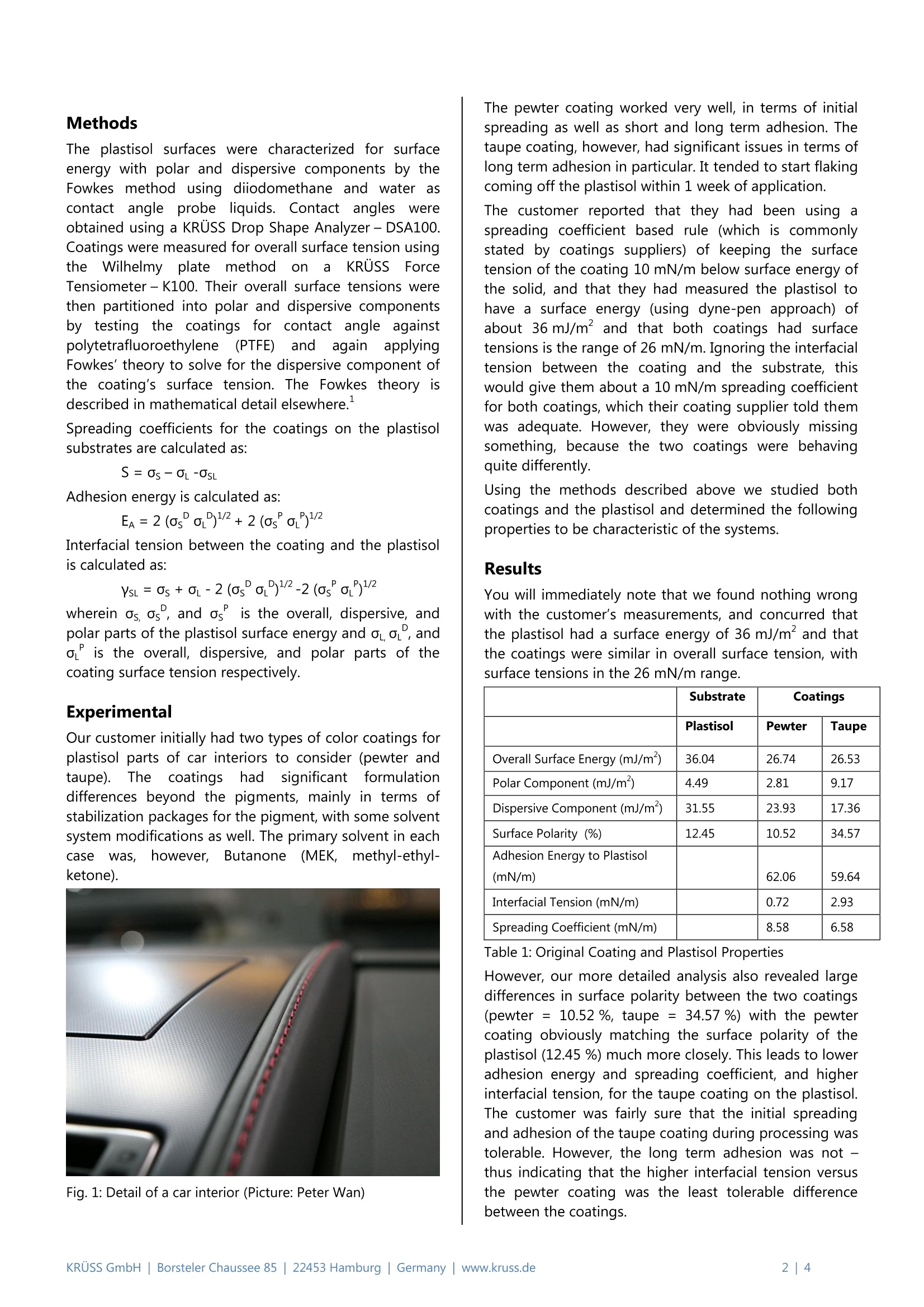
还剩2页未读,是否继续阅读?
继续免费阅读全文产品配置单
克吕士科学仪器(上海)有限公司为您提供《汽车涂料中粘附功,界面张力,铺展系数检测方案(表面张力仪)》,该方案主要用于其他中粘附功,界面张力,铺展系数检测,参考标准《暂无》,《汽车涂料中粘附功,界面张力,铺展系数检测方案(表面张力仪)》用到的仪器有KRUSS DSA100接触角测量仪。
我要纠错
相关方案


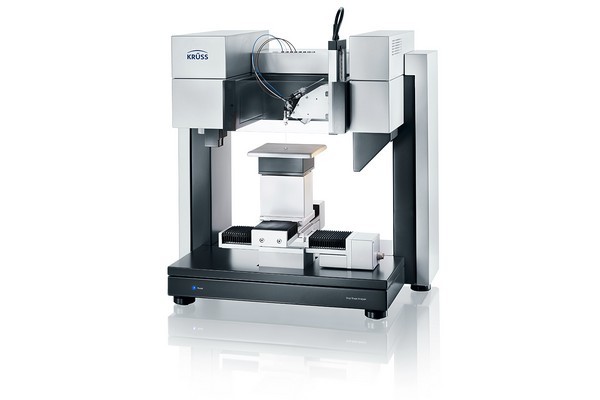
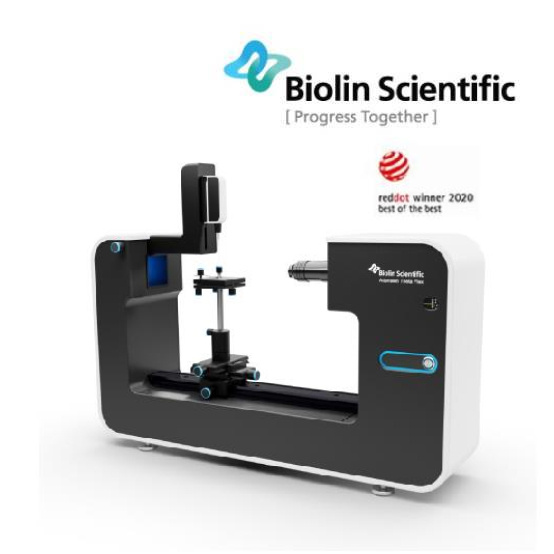
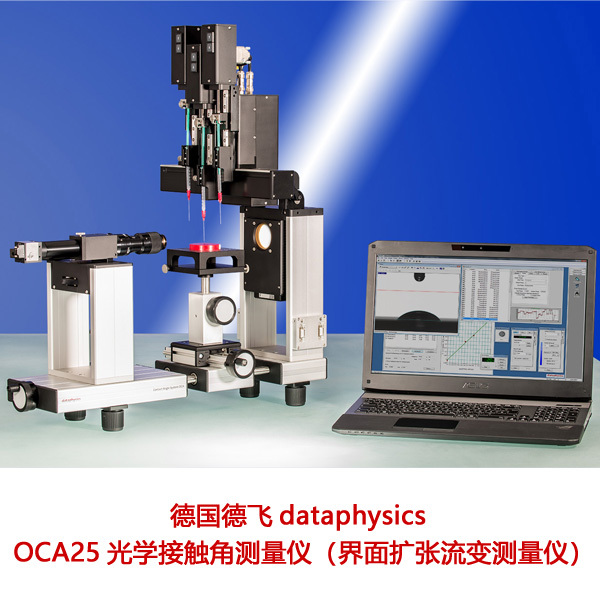

 咨询
咨询